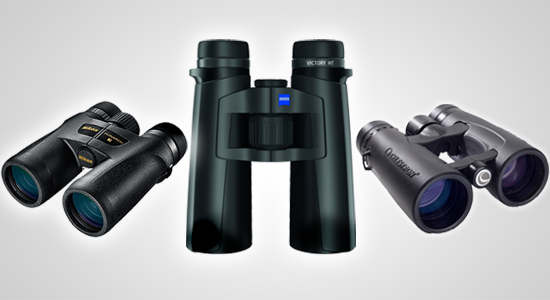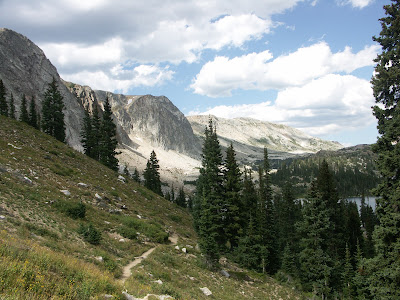On Saturday, June 1st, 14 people showed up to bird around Hutton Lake and on down to the Colorado border at Chimney Rock. It was a decent day of birding, despite not finding any active raptor nests along the ridge on the way to Chimney Rock. An unexpected bird for some was a Veery, heard at two stops adjacent to wetlands. The four checklists from the day are below.
 |
| Listening for a Veery at Chimney/Camel Rock |
-------Hutton Lake NWR, Albany, US-WY-------
Jun 1, 2013 9:00 AM - 11:00 AM
Protocol: Traveling
2.0 mile(s)
Comments: With Laramie Audubon, mild-moderate wind, 40F, mostly cloudy.
37 species
Canada Goose 45
Gadwall 2
Mallard 12
Green-winged Teal 1
Canvasback 8
Redhead 6
Lesser Scaup 8
Ruddy Duck 16
Pied-billed Grebe 2
Eared Grebe 40
Western Grebe 20
Double-crested Cormorant 2
American White Pelican 2
White-faced Ibis 1
American Coot 60
American Avocet 20
Spotted Sandpiper 2
Willet 5
Short-billed Dowitcher 6 We (Chad, Sophie, and I) spent a long time determining to species. Short-billed because of short, straight bill and barring down the sides of the flanks.
Wilson's Phalarope 200 A large raft was floating in the middle of Hutton Lake (easily over 150 in this raft alone) and many others spinning around near the shores of all the lakes.
Forster's Tern 2
Common Raven 2
Horned Lark 4
Northern Rough-winged Swallow 1 Only saw one fly by, but probably more were present.
Tree Swallow 100 Probably more.
Bank Swallow 1 Only saw one fly by, but probably more were present.
Barn Swallow 3
Cliff Swallow 100 Probably more.
Sage Thrasher 1
Yellow Warbler 2
Brewer's Sparrow 2
Savannah Sparrow 3
Red-winged Blackbird 5
Western Meadowlark 2
Yellow-headed Blackbird 14 Many fewer than a week ago. The large migrating flocks seem to have moved on and only residents are left.
Brewer's Blackbird 6
Common Grackle 5
-------Sand Creek Rd between Hutton NWR and Sportsmans Lake Rd, Albany, US-WY-------
Jun 1, 2013 11:00 AM - 11:25 AM
Protocol: Traveling
8.2 mile(s)
Comments: With Laramie Audubon, mild-moderate wind, 40F, mostly cloudy.
3 species
Northern Harrier 1
Swainson's Hawk 1
Horned Lark X
-------Wetlands at Sand Creek & Sportsmans Lake Roads Intersection, Albany, US-WY-------
Jun 1, 2013 11:25 AM - 11:50 AM
Protocol: Stationary
Comments: With Laramie Audubon, mild-moderate wind, 40F, mostly cloudy. Also a Mourning Cloak, boreal chorus frogs, and 2 mule deer.
14 species
Mallard 1 On nest with 3 eggs between north side of road and river.
Turkey Vulture 1
Red-tailed Hawk 1 Probably nesting in tall cottonwoods on south side of road.
Barn Swallow 1
Cliff Swallow 1
Ruby-crowned Kinglet 1
Veery 1
American Robin 1
Gray Catbird 1
European Starling 2
Yellow Warbler 2
Song Sparrow 1
Red-winged Blackbird 2
American Goldfinch 2
-------WY-Chimney Rock, Albany, US-WY-------
Jun 1, 2013 11:50 AM - 1:00 PM
Protocol: Traveling
5.7 mile(s)
Comments: With Laramie Audubon, mild-moderate wind, 40F, mostly cloudy. Also 14 elk (incl one calf) seen en route. A possible Cordilleran Flycatcher along the cliff edge, but too far to verify.
10 species
White-throated Swift 15
American Kestrel 1
Rock Wren 2
Veery 1
Gray Catbird 1
Yellow Warbler 2
Green-tailed Towhee 5
Brewer's Sparrow 7
Western Meadowlark 2
Brewer's Blackbird 4















































